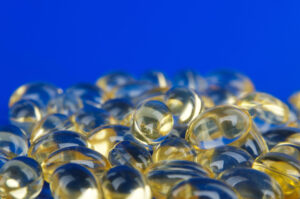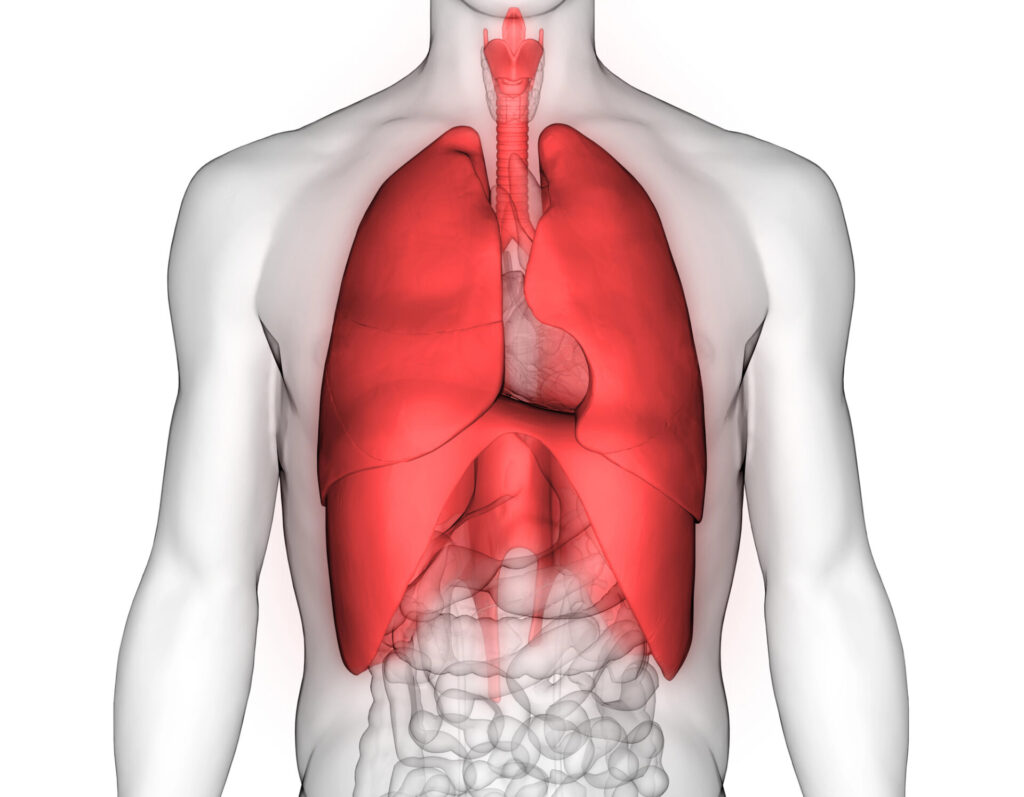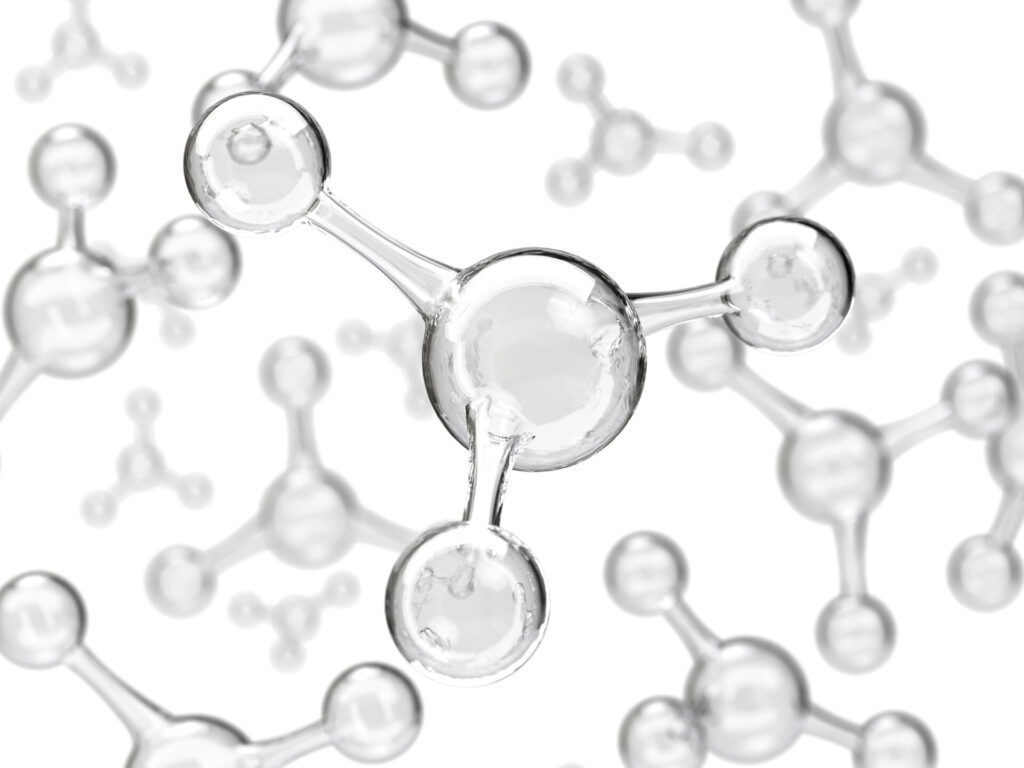Berberine, a bioactive alkaloid with demonstrated benefits in metabolic regulation, is known for its limited oral bioavailability. Studies indicate that as little as 5% of an oral berberine dose reaches systemic circulation due to poor intestinal absorption and extensive first-pass metabolism¹.
As a result, clinical recommendations have typically involved high-frequency dosing (e.g., 500 mg, three times daily) to ensure sufficient plasma concentrations for therapeutic efficacy².
To address this limitation, novel delivery systems have been investigated. One promising advancement is the use of gamma-cyclodextrin, a plant-derived oligosaccharide known for its ability to enhance the solubility and intestinal permeability of hydrophobic compounds³. Gamma-cyclodextrin possesses both lipophilic and hydrophilic properties, enabling it to encapsulate poorly soluble molecules in a molecular “cup,” facilitating improved transport across enterocytes⁴.
Preclinical and clinical data suggest that cyclodextrin-based delivery systems may improve the bioavailability of certain phytochemicals—including berberine—by up to 8-fold⁵. This enhancement could potentially allow for lower dosing with comparable or superior efficacy, improving patient compliance and minimizing gastrointestinal side effects.
Related:
Gamma Cyclodextrin: Enhancing Nutrient Absorption for Clinical Effectiveness
References
- Liu YT, Hao HP, Xie HG, et al. Extensive intestinal first-pass elimination and predominant hepatic distribution of berberine explain its low plasma levels in rats. Drug Metab Dispos. 2010;38(10):1779-1784.
- Zhang H, Wei J, Xue R, et al. Berberine lowers blood glucose in type 2 diabetes mellitus patients through increasing insulin receptor expression. Metabolism. 2010;59(2):285-292.
- Loftsson T, Duchêne D. Cyclodextrins and their pharmaceutical applications. Int J Pharm. 2007;329(1-2):1-11.
- Davis ME, Brewster ME. Cyclodextrin-based pharmaceutics: past, present and future. Nat Rev Drug Discov. 2004;3(12):1023-1035.
- Szente L, Singhal A, Domokos A, Song B. Cyclodextrins as food ingredients. Trends Food Sci Technol. 2018;79:79-87.






